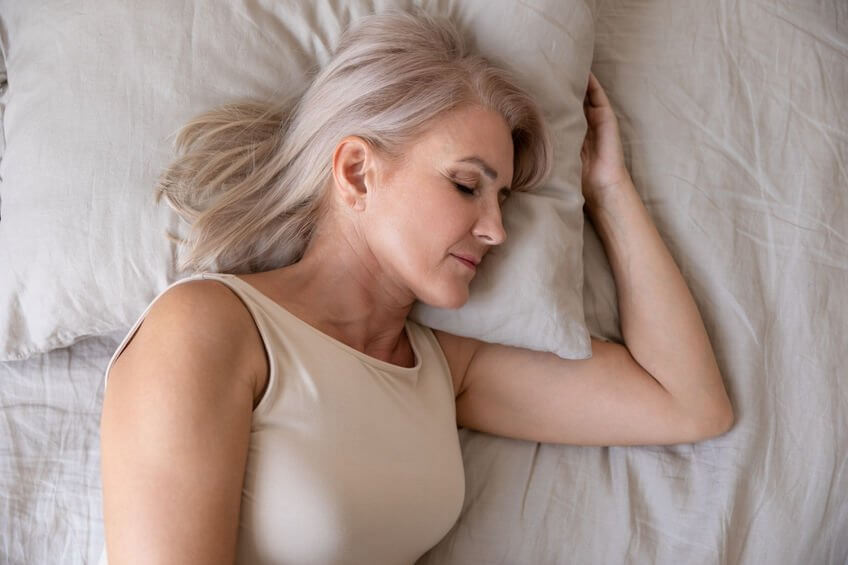
If you have sleep apnea and wonder if you can succeed on the Code Red Lifestyle™, the answer is YES.
We’ve got SO many Rebels (too many to count) with sleep apnea who’ve been wildly successful on this lifestyle. Many have even eliminated their sleep apnea!
Let’s talk a little about what sleep apnea is.
The word apnea literally means “without breath.”
There are three types of sleep apnea: Obstructive, central and mixed.
Of those three types, obstructive sleep apnea (OSA for short) is the most common.
What happens is, you experience intermittent (off and on) airflow blockage while you’re asleep. Your upper airway gets partially, or even completely, blocked while you’re asleep. It may be caused by weight on the chest or in the neck, or a weakened diaphragm muscle which causes you to work harder to breathe while sleeping.
OSA can be found in all age groups, but age and obesity can up your odds of OSA.
Symptoms of OSA include loud snoring, gasping for air while sleeping, and stopping to breathe while sleeping. Feeling tired all the time can be a waking symptom of OSA (or any other form of sleep apnea).
Behaviors that can help alleviate these symptoms include side sleeping, elevating the head of your bed, and losing weight.
If you’re interested in seeing whether you have sleep apnea, your test needs to be ordered by a medical provider.
During a sleep study, a respiratory disturbance index (RDI) is evaluated.
What happens is, the study tracks your average number of episodes of apnea, hypopnea and arousals from sleep due to a respiratory event, per hour of sleep.
CPAP (continuous positive airway pressure) is the most common treatment for OSA.
A CPAP is a machine that provides constant pressure via a nasal mask or face mask, to help push the “obstruction” out of the way.
This pressure is set during a sleep study, and it’s customized based on your respiratory effort, brain waves, vital signs and oxygen needs.
And again, another treatment for OSA is losing weight.
As you reduce your weight by 10%, you can reduce your RDI (respiratory disturbance index) by up to 26%.
Other benefits healthy weight loss that can improve sleep apnea include lower blood pressure, improved snoring and sleep structure, and improved pulmonary (heart) function.
If you’re using a CPAP machine and decide to join Code Red, a couple things to be aware of.
Weight loss may change the amount of pressure you need from the CPAP machine (you may even stop needing it altogether), so be sure to monitor that with your health care provider.
There may also be a need to have your mask (face mask or nasal mask) refitted, as your face gets smaller. This is important, because if there’s a leak in the mask and the seal is insufficient, your CPAP machine may not provide enough pressure to keep the “obstruction” out of the way.
If you find yourself having to tighten your mask to make a seal, you need either a new mask or to be refitted. Your durable medical company can help you with the mask fitting.
Even though weight loss on Code Red has led to several Rebels no longer needing a CPAP machine, that does not mean you should stop using yours simply because you’ve lost weight.
The only way you should stop using CPAP (or other treatment for OSA) is with help from your medical provider. NO ONE should stop using a machine without being retested and consulting your medical provider. Another sleep study, either in lab or at home study, needs to be completed to see if there is a decrease in the RDI, arousals and oxygen needs. Keep your provider in the loop as you drop weight.
Another kind of sleep apnea is Central Sleep Apnea (CSA). The medical definition is “the cessation of the respiratory drive resulting in the lack of respiratory movements.”
What that means is, during sleep your breathing is disrupted because there is a lack of communication between your brain and your diaphragm and lungs.
The major difference between OSA and CSA is that during CSA, your brain doesn’t tell your muscles to breathe.
Treatment for CSA is normally BiPap. This is a machine that has two levels of pressure: A higher pressure that gives a breath and augments your own spontaneous respiration; and a lower pressure that keeps the airways open.
If you have CSA, absolutely do not stop treatment on your own. Get retested in a lab study environment, and follow the guidance of your medical provider.
Whichever type of sleep apnea you have, the bottom line is that yes, you can succeed on the Code Red Lifestyle™.
If you’re using a CPAP machine, or other device, remember to keep your provider in the loop about your weight loss, and follow their guidance.
